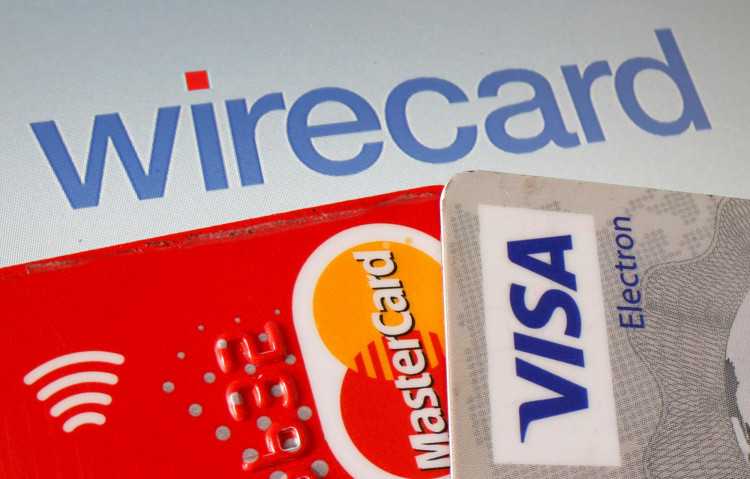In an alarming trend reflecting the growing financial strain on American households, credit card balances have surged to a historic peak of $1.08 trillion in the third quarter, as reported by the Federal Reserve Bank of New York. This represents a sharp $154 billion year-over-year spike, marking the steepest ascent since records began in 1999.
Economists are noting with concern the correlation between rising credit card debt and the broader economic pressures facing consumers. "Credit card balances experienced a large jump in the third quarter, consistent with strong consumer spending and real GDP growth," said Donghoon Lee, an economic research advisor at the New York Fed. Yet, the underside of this consumer resilience is a rise in delinquency rates, particularly among millennials aged 30 to 39, who are already grappling with substantial student loan burdens.
The issue is compounded by inflation and high interest rates, squeezing household budgets and leaving more Americans to carry balances or miss payments altogether. The Consumer Financial Protection Bureau highlighted that nearly one in ten credit card users is now mired in "persistent debt," paying more in interest and fees than towards their principal.
As the Federal Reserve has implemented a series of 11 rate hikes, with four in 2023 alone, credit card APRs have soared in tandem, breaching 20% on average. Ted Rossman, a senior industry analyst at Bankrate, stresses the severity of the situation: "Your credit card is probably your highest cost debt by a wide margin."
The aftermath of the COVID-19 stimulus is also becoming starkly evident. Households' cash reserves, bolstered by government support, have dwindled, prompting consumers like Adriana Cubillo, 25, from Modesto, California, to confess, "My rent is going up, so even though all my bills are paid, sometimes I'm living paycheck to paycheck."
Simultaneously, despite these financial headwinds, consumer credit scores are holding up, buoyed by a solid job market and a slight cooling of inflation.
For those grappling with high-interest credit card debt, experts advise seeking lower interest rates from card issuers, considering debt consolidation via home equity or personal loans, or utilizing interest-free balance transfer cards. Additionally, Mike Townsend, a spokesperson for the American Bankers Association, suggests, "Any credit card holder who finds themselves in financial stress should always contact their card issuer to make them aware of their situation."
The increase in debt coincides with troubling delinquency rates, the highest seen since the end of 2011. This rise in household debt, now totaling $17.29 trillion, coupled with difficulties in managing it, is painting a picture of economic disparity and potential fiscal distress.
On a related front, mortgage originations have declined to $386.37 billion, the lowest since 2014, mirroring consumer hesitancy influenced by high home prices and mortgage rates. This apprehension is reflected in a Fannie Mae survey, with 85% of respondents deeming it a "bad time" to buy a home.
As the Federal Reserve continues to battle inflation, the increasing debt and delinquencies underscore the delicate balance between curtailing price rises and the risk of overburdening consumers.






